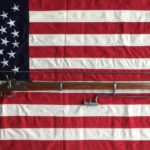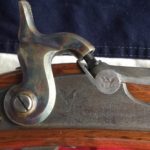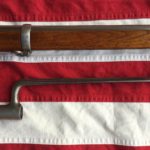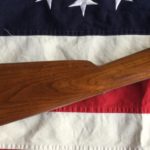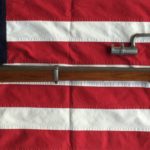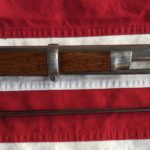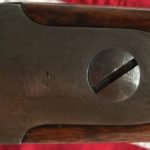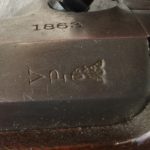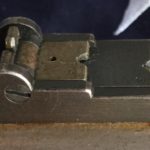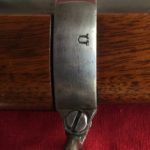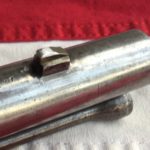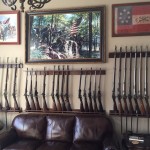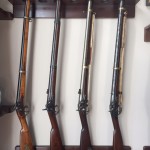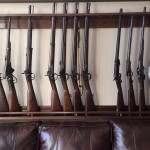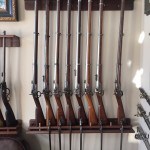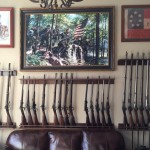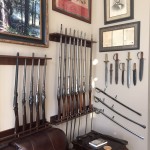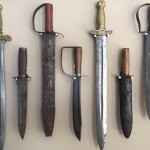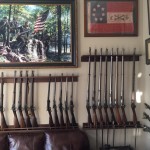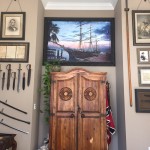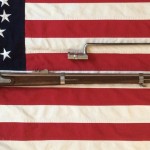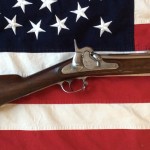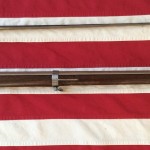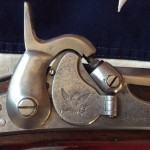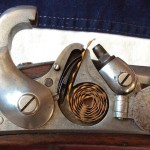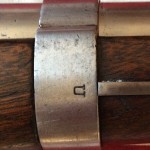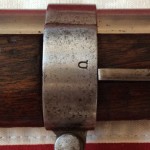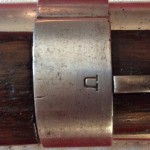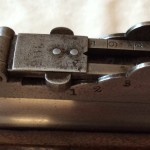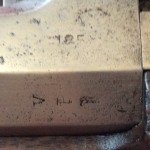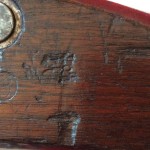-
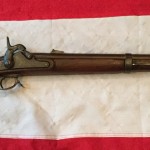
-
1863 Richmond Va. Carbine
-
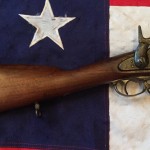
-
Richmond Carbine Shoulder Stock
-
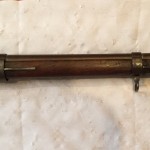
-
Richmond Carbine Forward Stock
-
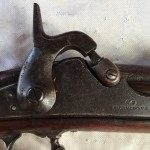
-
1863 Richmond Carbine Lockplate & Hammer
-
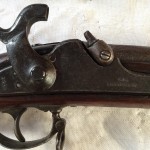
-
1863 Richmond Va. Lockplate Cocked
-
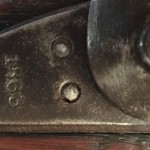
-
Richmond Lockplate, “8” Die Break Lower Left
-

-
C.S. Richmond Virginia, Lockplate Closeup
-
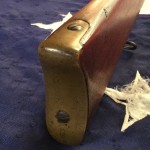
-
Richmond Carbine Brass Butt Plate
-
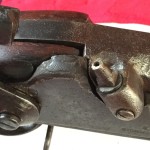
-
Richmond Carbine Nipple and Cleanout Bolster
-
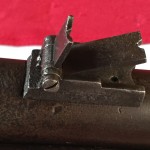
-
Richmond Carbine Rear Sight
-
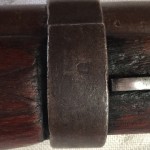
-
Richmond Carbine Barrel Band
-

-
Richmond Barrel Band & Sling Swivel
-
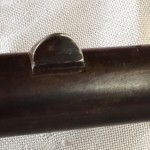
-
Richmond Pinchd Front Sight, Closeup
-

-
Richmond Brass Butt Plate, Tang
-
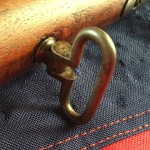
-
Richmond Carbine Rear Sling Swivel
-
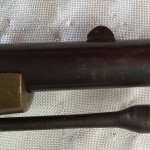
-
Richmond Carbine Pinched Sight & Muzzle
-
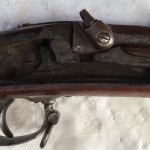
-
Richmond Lockplate Cavity
-

-
Richmond Lockplate Reverse Side
-
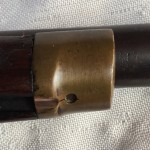
-
Richmond Carbine Brass Nose Cap
-

-
Richmond Carbine & Ram Rod
-
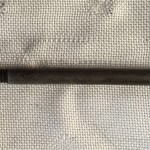
-
Richmond Carbine Ramrod Screw
-
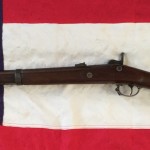
-
1863 Richmond Carbine, Left Side
The newest weapon in the ever growing Civil War Arsenal is an 1863 Richmond Carbine that is in excellent condition with all of its accoutrements still in tact. This is not the only Richmond Carbine I own nor is it the only 63 Carbine in my Arsenal, however it is my first complete Richmond Carbine with everything in place…I.E. pinched sight, ram rod, rear sight, swivel slings,etc…..another neat feature of this Southern weapon is that it’s 100% Southern made.
Most Richmond Armory made weapons were assembled with at least some parts from battlefield pickups and or parts that were confiscated during the 1861 raid of the Harper’s Ferry Armory.
As we inspect the cavity under the lock plate we can clearly see that there is no primer cut finger feeds that would be in place if the stock was manufactured at the Harper’s Ferry Armory. The C.S. Armory, Richmond would eliminate unnecessary machining operations from the stock leaving lock plates cavity central element in the shape of a “mules foot”.
The date on the Richmond lock plate has a “die break in the lower left portion of the 8” which is thought to be a stress flaw in the stamping process during the month of October 1863. During that month the Richmond Armory assembled 300 Carbines.
I love the look of the dark “blackened” wood and hardware especially with the brass butt plate and nose cap. Unlike most Confederate weapons you’ll see these days with missing and damaged parts, probably because most of the better quality weapons are in museums and private collections, this carbine is complete in every way.
This makes 7 Richmond Carbines I currently own. I can’t say any one is my favorite, since there all my favorites for different reasons. But I do tend to favor the newest members of my collection until I purchase the next one, lol….
Hope you enjoy the photos and if you have any questions about this Richmond or any of the other weapons in the Civil War Arsenal please contact me at civilwararsenal@yahoo.com attn: Gene West

